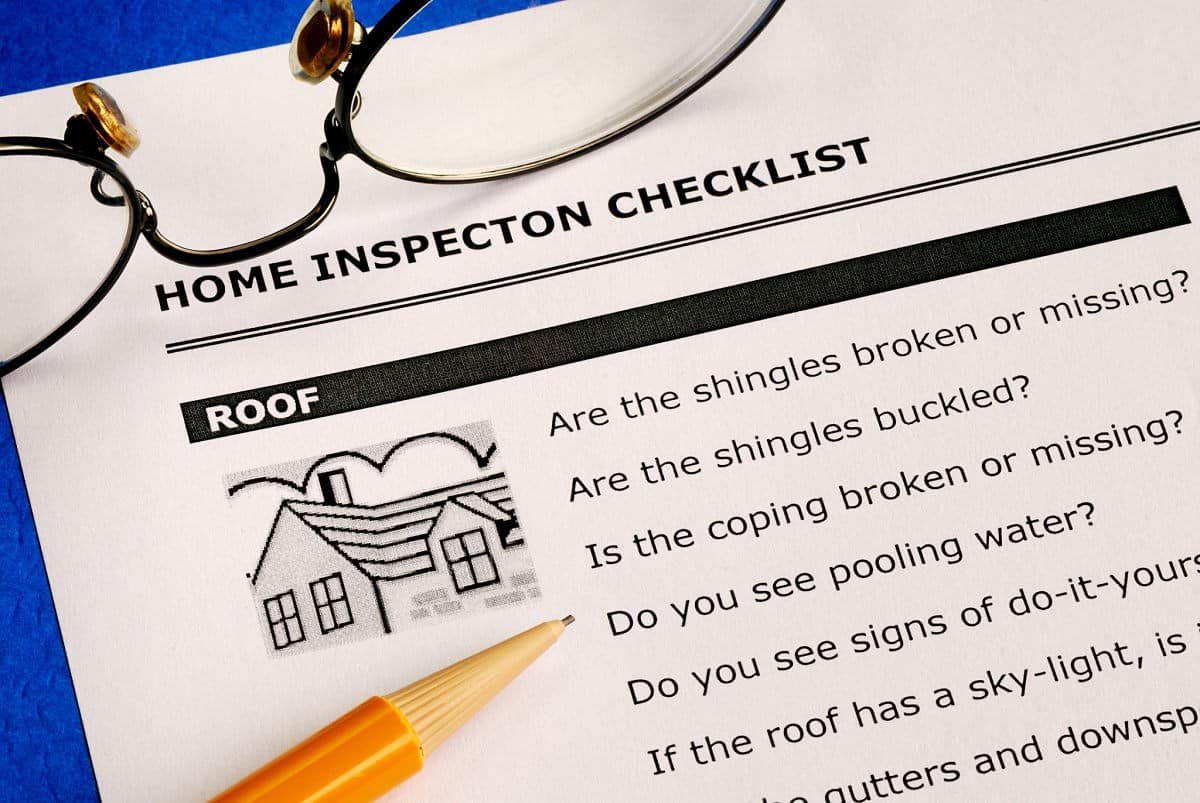Successful Historic Home Inspection
Buying a home should always include a thorough home inspection. Before committing to the purchase, you want to be certain that the home is structurally sound, in good repair, and safe for the family to move in once the deal is complete. A home inspection can tell you all of these things. Most real estate inspectors can walk through a modern home and quickly give you the top-to-bottom report on any serious maintenance concerns.
However, historic homes were built on the standards of past eras. Architectural standards, insulation technology, and even the plumbing and wiring are all different from what we expect out of modern built homes. This means that buying a historic home includes several more layers of inspections and due diligence before you can know if the house is a safe place for moving in.
Even if you are planning on renovating the historic home, a detailed inspection is still important. After all, you need to know what condition the home is in before you start renovations and be sure the costs will fit into you’re budget. This way, you can figure out if you will be paying for the restoration out of pocket or looking into historic home renovation finance options.
Seven Helpful Tips for a Successful Historic Home Inspection
-
1) Understand What is Unique About Historic Homes
First and foremost, understand what goes into buying a historic home. People often wonder, “Is a historic home a good investment opportunity.” Well, in addition to the paperwork, historic homes need a different level of awareness and care. This is both for the sake of the home and the safety of your family as you live inside a beautiful historic structure. Understand that the plumbing, electrical wiring, and structure are all much older than modern homes and may need more maintenance as a result – or even replacement before you move in. Know that you’re looking for signs of age, lack of support, and unwanted wildlife all during your initial pre-purchase home inspections.
-
2) Hire an Inspector who Specializes in Historic Homes
As your first inspection, we strongly advise that you hire an inspector with experience in local historic houses. Not all inspectors are equipped to give you the full report on a historically old home, Many younger inspectors will be unfamiliar with the special checklist of things to look for or know how to spot problems in non-standard home construction.
So find an inspector who knows and specializes in historic homes. Their checklist might be a little longer, but they will give you the real top-to-bottom report of the home.
-
3) Work with a Contractor or Engineer to Confirm Structural Integrity
You may want to hire a construction contractor or a structural engineer. Experts of this caliber will be able to look closely at the walls, attic, and visible beams to tell you whether the historic home is structurally sound. This step is especially important if you are planning any upcoming renovations that might cut into walls or otherwise influence the structural design of the house.
-
4) Test for Hidden Mold Colonies
Mold is a sneaky type of plant life that will settle onto anything moist enough to carry foods. However, old wood is mold’s favorite snack is old wood, as it evolved to eat rotting trees off the forest floor. This means that historic homes are a prime target for hidden mold colonies, as well as hidden pests of other types. Having the air tested for spore concentration can tell you if the historic home you plan to buy is housing hidden mold.
-
5) Have the Water Tested to Determine Plumbing Health
The pipes in a historic house may be just as historic as the house itself. While this sounds impressive, old pipes often lead to things like rust or even lead in the water that flows through them. Have the home’s water quality tested to determine if the pipes themselves are still in good shape or may need to be replaced for family health and safety.
-
6) Inspect for Historic Asbestos and Lead Paint
Homes built before knowledge of certain toxic materials can sometimes have unsafe remnants inside. Asbestos and lead should be your primary concern. Have the insulation and walls tested for asbestos treatment, and test any historic paint for lead content. Your water testing will also tell you if there are lead pipes in the line that need to be replaced.
-
7) Conduct an Energy Efficiency Test for Insulation and Drafts
Last but not least, have your home tested for energy efficiency. Historic homes are the most likely to have a few drafts from hand-fitted wood frames and old windows. Know how well-insulated the home is before buying so you can make an accurate budget for weather proofing and insulation when the home is yours.
Owning a historic home can be a proud and beautiful decision, as long as you purchase with care. Always have a thorough home inspection, potentially involving several inspector specialists to ensure your new historic home is 100% safe to live in and in good repair.










